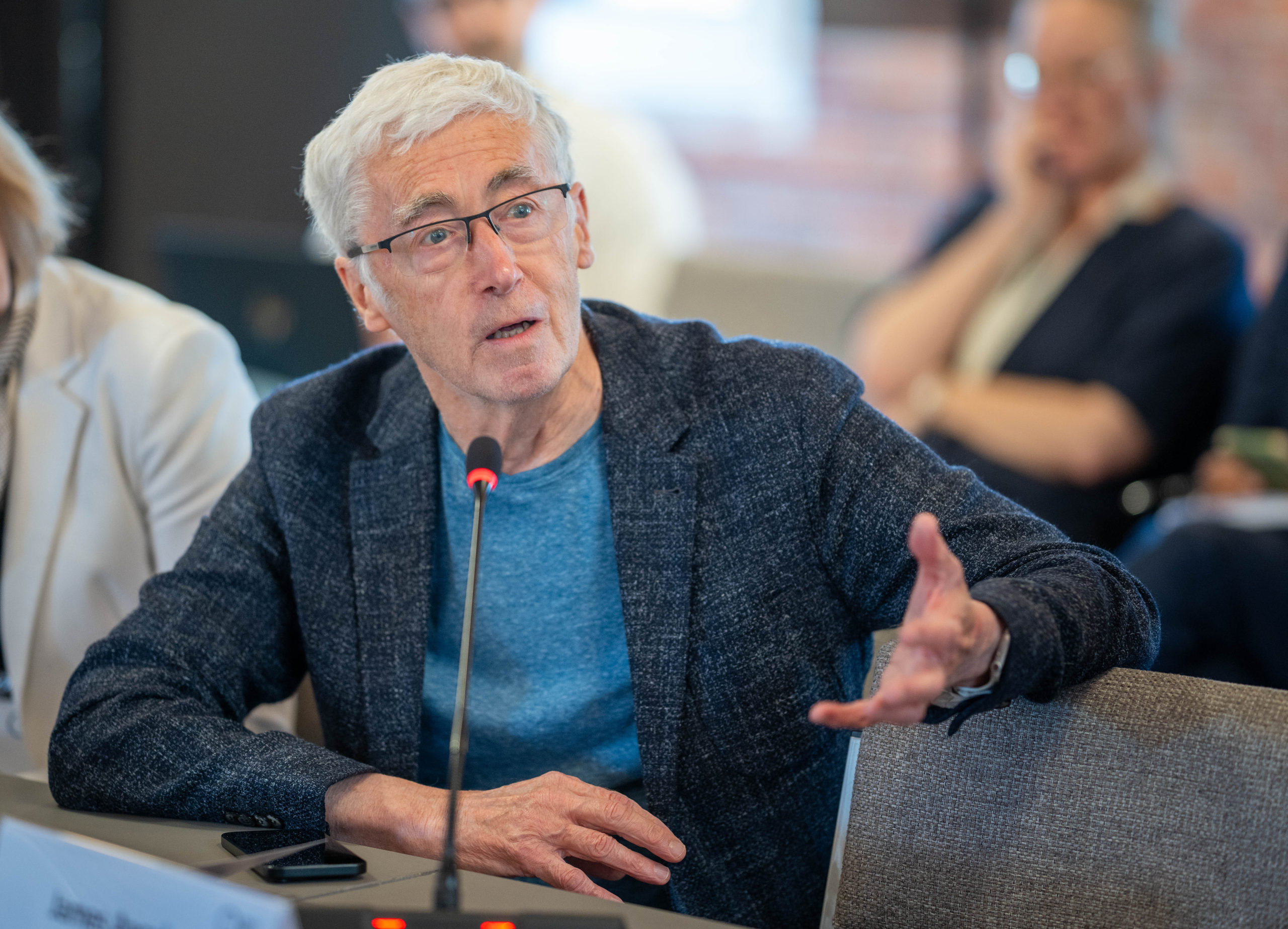FINANCIAL WORLD
The Berlin Summit 2025: Towards the next financial meltdown? – Learnings from recent crises for the future
This Summit Session focused on the unintended consequences of post-crisis monetary frameworks and the case for reform, especially through a two-tier reserve remuneration system.
BY
FORUM NEW ECONOMYPUBLISHED
20. JUNE 2025
How the Current System Benefits Banks and Undermines Policy
Following the global financial crisis and increasingly during the COVID-19 period, central bank operations underwent significant structural changes. Under quantitative easing (QE), central banks dramatically increased their balance sheets and created vast reserves for commercial banks. Unlike the pre-crisis framework, these reserves are now remunerated—meaning central banks pay interest to private banks for holding them. This results in large-scale public transfers to banks, funded by the central bank’s money creation. By 2023–2024, this amounted to around €125–130 billion annually within the euro area—comparable to the entire EU budget. In many cases, these transfers contributed to over half of banks’ annual profits, while national central banks posted losses and halted profit distributions to governments.
This practice has occurred without significant political oversight or public awareness. More importantly, the system is seen as undermining monetary policy. When central banks raise interest rates to cool inflation, they simultaneously increase the payments made to banks on reserves, inadvertently boosting profits and incentivizing greater lending. This undermines the contractionary goals of monetary tightening. Data was presented showing that banks often relaxed credit standards during periods of high reserve remuneration—contrary to expectations during a rate hike cycle.
Proposal: A Two-Tier Reserve System
To correct these distortions, a two-tier remuneration model was proposed. Under such a system, central banks would set a threshold of required reserves—say, 50% of each bank’s total reserves—that would not be remunerated. Only reserves beyond that threshold would earn interest. Such a system would substantially reduce public transfers to banks, restore monetary policy effectiveness by severing the link between reserve profits and loan growth and preserve the current operational framework of the ECB. This approach is not hypothetical but has previously been implemented in a similar manner in 2019 by the ECB in response to banking sector concerns over negative interest rates.
During the discussion it was noted that reserve remuneration began in response to exceptional circumstances—particularly to stabilize markets during the pandemic and incentivize bond sales during early QE phases. There was agreement that reserves created during extraordinary financial stability operations should not continue to be remunerated. However, it was also argued that in the early stages of QE—especially when inflation expectations were dangerously low—remuneration might have helped encourage banks to sell sovereign bonds, thus supporting ECB asset purchase programs. Still, a different design might have helped limit today’s windfall profits. In particular, a fixed rate of remuneration set at the time of QE purchases might have prevented unintended consequences now that interest rates are rising.
The discussion also raised concerns about QE design flaws—particularly the rigid application of the “capital key,” which led to disproportionate purchases of German and French debt while failing to support more vulnerable eurozone economies. This contributed to imbalances and weakened the fiscal and investment response in countries with higher debt burdens.
Lessons from Recent Crises
The experts agreed that the post-2008 monetary response had serious limitations. One noted that monetary expansion in a liquidity trap failed to stimulate growth, arguing that fiscal policy would have been more effective. The other emphasized that as interest rates normalize, Europe needs a reformed macroeconomic toolkit that includes investment-led fiscal policy at the European level. The discussion highlighted how current EU fiscal rules limit national governments’ ability to invest, even as similar investments are possible at the EU level through instruments like NextGenerationEU. This inconsistency was described as “irrational,” with one speaker warning that such rules prevent necessary public investment and lead to long-term underperformance and unfairness across generations.
Conclusion: Silent Transfers and Missed Opportunities
The panel concluded that the current ECB practice of remunerating bank reserves at full policy rates has created silent but substantial fiscal transfers from the public to private banks. These transfers are economically inefficient, poorly understood by the public, and politically unexamined. They also undermine the core effectiveness of monetary tightening, particularly in periods of inflation control.
A two-tier reserve system was presented as a viable and previously tested alternative that could reduce distortions without abandoning the central bank’s broader operational framework. More broadly, the discussion called for greater transparency, democratic oversight, and institutional reform to ensure that monetary tools align with economic goals—and do not inadvertently deepen inequality or weaken fiscal stability.
